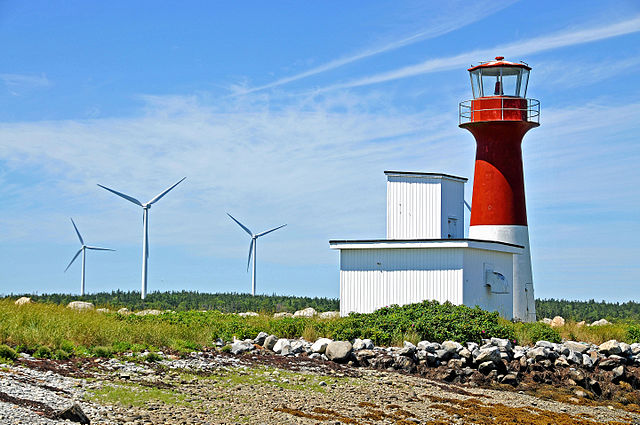
Nova Scotia renewable capacity surges: powers 27 per cent of province in 2015
by Cleantech Canada Staff

Rapidly expanding wind generation helping province kick coal

Nova Scotia has increased its wind power capacity from just one per cent in 2007 to 14 per cent today. PHOTO: Dennis Jarvis, via Wikimedia Commons
HALIFAX—10 years ago, Nova Scotia used coal for more than three-quarters of its electricity. Today, the province is well on its way to meeting its ambitious renewable energy commitments.
Using wind power, biomass as well as hydro and tidal energy, Nova Scotia Power has reported it produced 26.6 per cent of the province’s 2015 electricity using renewable sources.
“We have made remarkable progress in Nova Scotia,” Mark Sidebottom, vice-president of Power Generation and Delivery for the utility, said. “No other utility in Canada has made this rapid of a transition. In 2020, we will have a greater percentage of our electricity coming from renewables than Germany, which is often recognized as a world leader in renewable energy.”
The new record brings the Atlantic province closer to its goal of producing 40 per cent of its electricity from renewables by 2020.
The company estimates it can even surpass that target over the next four years—forecasting a 47 per cent renewable energy mix. Along with small gains in hydro and tidal power, the biggest contributor to Nova Scotia’s transformation has been harnessing the reliable Atlantic breeze. While only one per cent of the province was powered by turbines in 2007, wind now electrifies 14 per cent of Nova Scotia’s grid.
Despite the progress, the province still generates more than half of its electricity using coal—a habit it expects to kick by 2020. Nova Scotia Power estimates it can roll back coal-fired generation to 45 per cent in 2020.